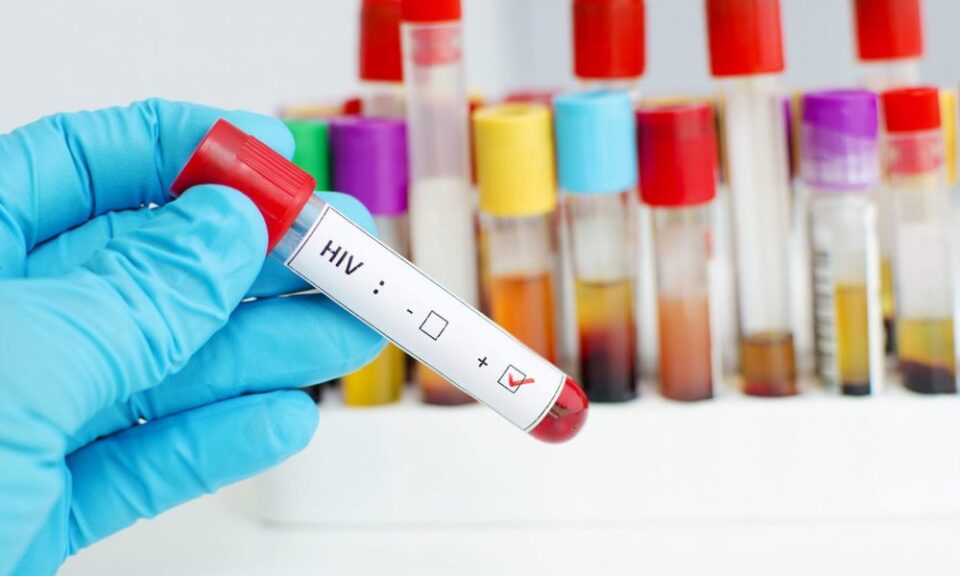The Human Immunodeficiency Virus (HIV) and the resulting Acquired Immunodeficiency Syndrome (AIDS) continue to be significant global health challenges. Since the discovery of HIV in the early 1980s, the virus has affected millions of people worldwide, causing immense suffering and loss of life. In this blog post, we will explore the impact of HIV/AIDS, the current state of the epidemic, and the ongoing efforts to prevent new infections, provide treatment and care, and ultimately find a cure.
Understanding HIV and AIDS:
HIV is a virus that attacks the immune system, specifically targeting CD4 cells, which are crucial for fighting off infections and diseases. If left untreated, HIV can lead to the development of AIDS, a condition characterized by severe immune system impairment. Individuals with AIDS become highly susceptible to opportunistic infections and certain types of cancers.
The Global Impact:
HIV/AIDS has had a devastating impact on individuals, families, and communities worldwide. According to the World Health Organization (WHO), approximately 38 million people have been infected with HIV, and more than 32 million people have died from AIDS-related illnesses since the beginning of the epidemic. Sub-Saharan Africa remains the most affected region, but the virus has also significantly impacted other regions, including Asia, Eastern Europe, and the Americas.
Prevention Efforts:
Education and Awareness:
Education plays a crucial role in preventing new HIV infections. Promoting comprehensive sex education, raising awareness about safe sexual practices, and addressing misconceptions and stigma surrounding HIV/AIDS are essential steps in prevention efforts. By empowering individuals with knowledge, we can promote responsible behavior and reduce the transmission of the virus.
Testing and Counseling:
Regular HIV testing is vital for early detection and prompt initiation of treatment. Encouraging individuals to know their HIV status through voluntary testing and counseling services enables timely interventions, reduces the risk of transmission, and promotes healthier lifestyles.
Condom Use and Harm Reduction Strategies:
Promoting condom use and providing access to clean needles and syringes for people who inject drugs are crucial harm reduction strategies. These interventions not only prevent the transmission of HIV but also contribute to preventing other blood-borne infections.
Treatment and Care:
Antiretroviral Therapy (ART):
Antiretroviral therapy has revolutionized the management of HIV/AIDS. ART suppresses the replication of the virus, slows down disease progression, and improves the quality of life for individuals living with HIV. It also plays a crucial role in preventing new infections, as effective treatment significantly reduces the risk of HIV transmission.
Supportive Care and Community Services:
Beyond medical treatment, providing comprehensive care and support services is essential. This includes psychosocial support, adherence counseling, access to healthcare services, and support for affected families. Community-based organizations and support groups contribute significantly to addressing the complex needs of individuals living with HIV/AIDS.
The Path to a Cure:
While significant progress has been made in managing HIV/AIDS, finding a cure remains a primary goal. Researchers continue to explore new treatment strategies, including long-acting antiretrovirals, immune-based therapies, and vaccine development. The search for a cure also involves addressing persistent challenges, such as the persistence of the virus in reservoirs and the need for long-term adherence to treatment regimens.
Conclusion:
HIV/AIDS remains a significant global health challenge, impacting individuals and communities across the globe. However, through comprehensive prevention efforts, expanded access to treatment and care, and ongoing research, we have made remarkable strides in combating the epidemic. It is crucial that we continue to prioritize education, destigmatization, and the development of innovative strategies to prevent new infections and ensure that all individuals living with HIV/AIDS receive the support and treatment they need. Together, we can strive towards an AIDS-free future, where no one is left behind in the fight against HIV/AIDS.

